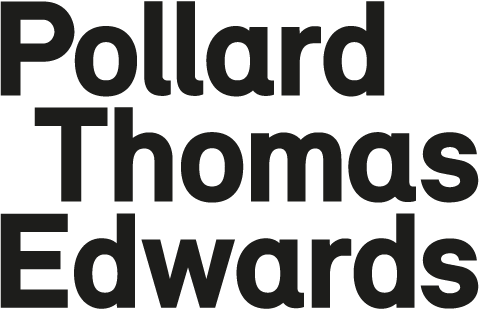My city, your city, everybody’s city - LFA 2021

A report by Rory Olcayto
When a young Black architecture student from Croydon says green roofs can make a difference to your mental health and one of the most powerful women in the construction industry says the best places arise when diverse voices are involved, it’s worth taking notes. As delegates who attended ‘My city, your city, everybody’s city,’ our LFA event last month (June 17) found out, it’s not only what is said that matters, but who says it.
Setting the tone, event chair and PTE partner Tricia Patel said “a city for everyone would promote civic engagement, engender a sense of belonging and ownership among all inhabitants” before introducing five guest speakers: Fayann Simpson, chair of L&Q’s Resident Services Board, PTE partner Kaye Stout, Bartlett student Josiah Elleston-Burrell, Amanda Girling–Budd of the London Older Lesbian Cohousing (LOLC) and Bek Seeley, managing director of development at Lendlease Europe.
The format was complimented by QR-code activated questions for delegates (answered using their phones) which followed each presentation on inclusive neighbourhoods with responses generating word-clouds in real time.
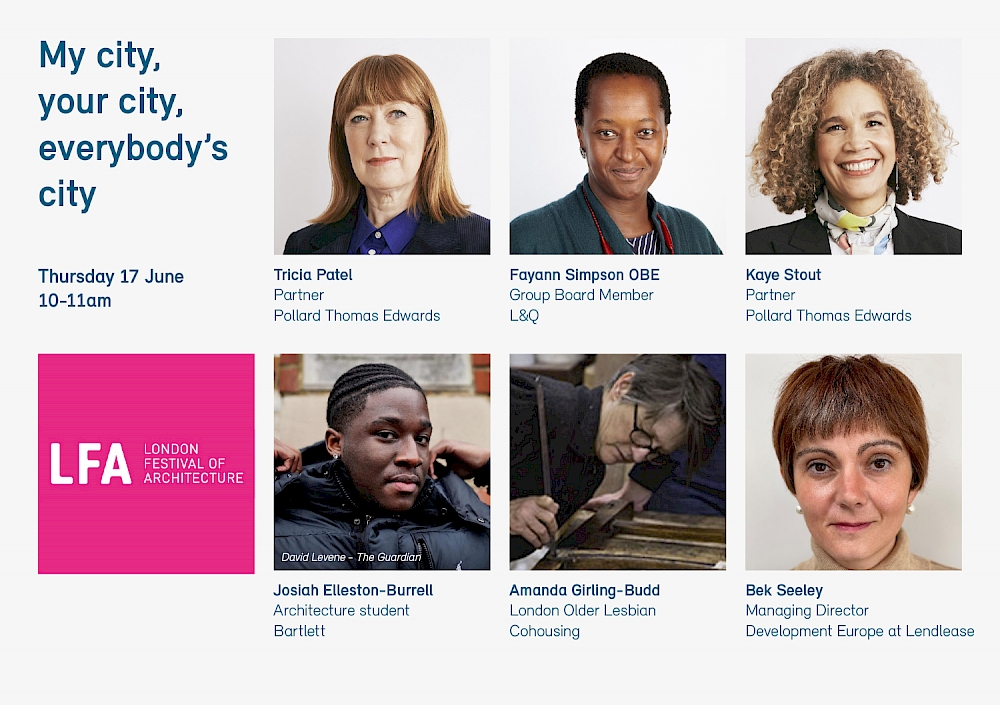
Fayann began with a hard fact: “So much has been said about how the pandemic will shape housing design now that people work from home, but when the average income of L&Q residents is £14K, few of them have that choice.” Emphasising the need to make neighbourhoods feel safer especially for those who work out-of-hours, she said: “When designing spaces think about how they look and feel at different times of the day.” Listening is crucial, she added: “Ask residents what they want and they will tell you. Bad design is expensive because it has to put right. If it’s not put right, residents have to live with it – and that’s the biggest cost of all.”

Suggest up to three words that describe an inclusive and connected 15-minute city
Reflecting on her own teenage experience – “I remember how opinionated I was” – Kaye asked how we can design cities for this diverse demographic as “legislation doesn’t seem to recognise their needs”. Citing research by campaign group Make Space for Girls she questioned the effectiveness of multi-use games areas – a typical developer fallback - in catering for teenage girls, who “often don’t feel safe there,”. The answer? Speak to them. During the regeneration of Alfred and Malmesbury estate, she said, her team at PTE “learned so much about the estate from the young people - they understood the spaces between the buildings really well - and this fed into the landscape, lighting and public realm design we produced.”
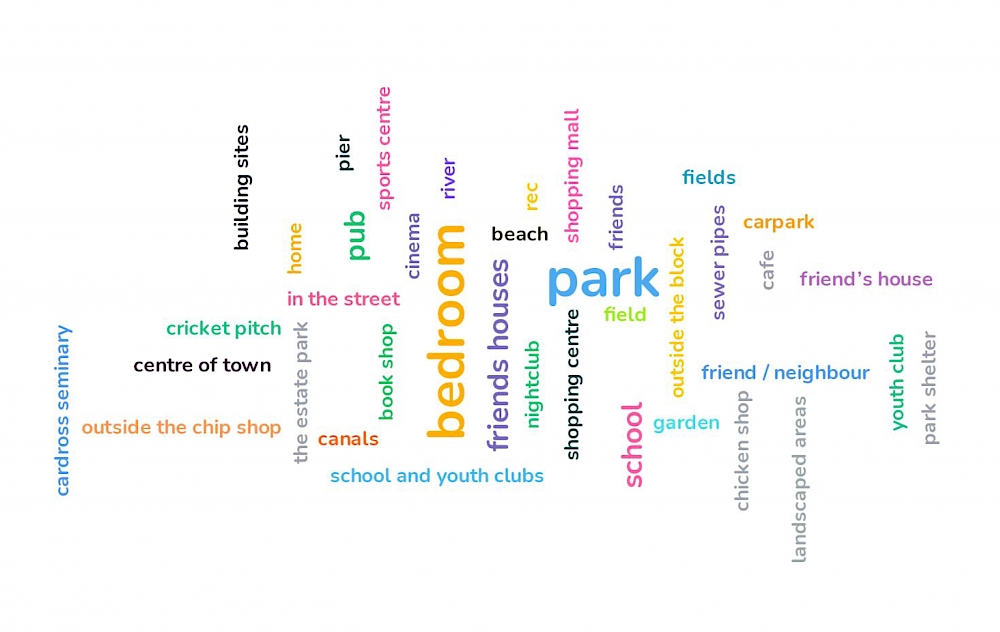
Where did you hang out as a teenager?
Next, Josiah, in his first year at the Bartlett studying architecture, questioned why low-income neighbourhoods “don’t have the same level of maintenance as central London,” imploring industry and government to level up. “Better maintenance can have a drastic effect”, he said before calling for more green space. “Even a small amount is good.”
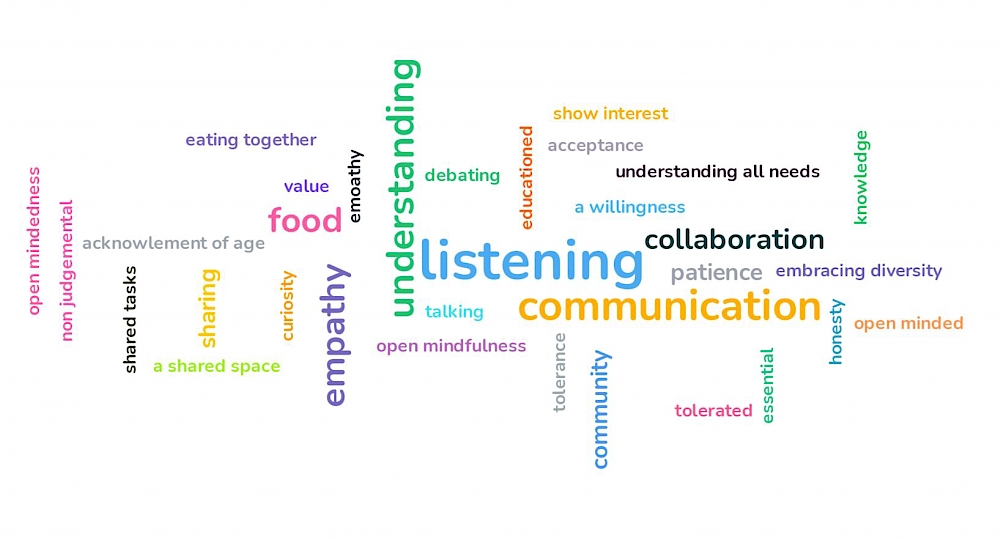
Which words best describe how different generations can work together to make more equal places?
Amanda, who is leading the commission of a co-designed co-housing scheme for older Lesbians, talked about the challenges older gay women face as they consider Third Age living. “Spending our days in retirement homes with people who didn’t understand us, didn’t share our histories, our values, and who might even be hostile to us, was unthinkable,” she said. Located in Leyton the scheme LOLC is co-producing with PTE and L&Q, will be “a mixed tenure development, with some outright buyers, some affordable rent and some shared ownership: 25 flats, around a common shared space.” And while she stressed how important safety is – “many of us have experienced homophobia and violence and need to live free from fear” – Amanda explained they had no desire to be sealed off from the wider community. “That’s the conundrum. How do we do it? It’s a real challenge we have to address. Partly, it will be resolved through design and hopefully it can be a model for other communities of older people – who are not well served at the moment.”
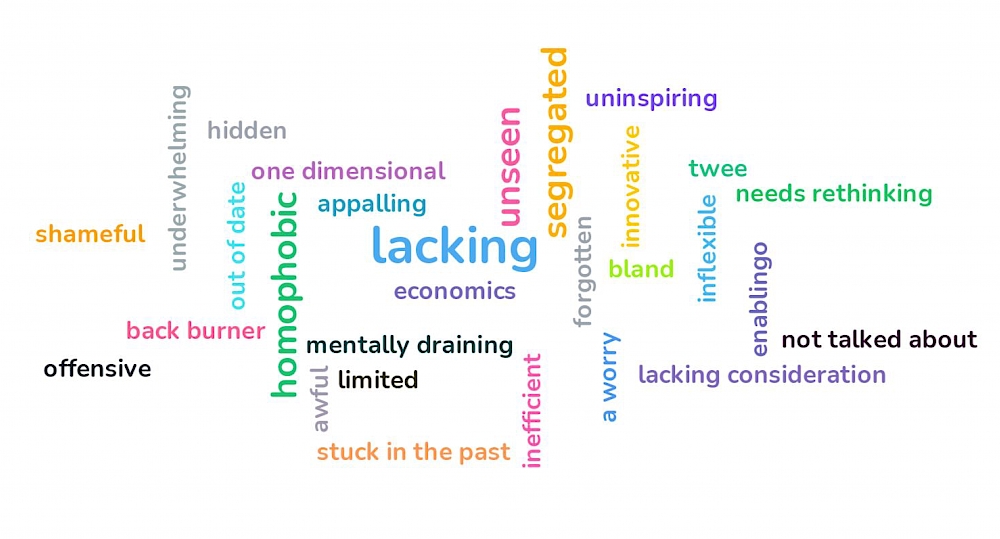
Housing provision in the UK for older people is...
Final speaker Bek stated a simple truth regarding inclusive city making: “There is no right answer. And nor should there be” before calling for a wider diversity of thought and experience in the placemaking sector and for everyone involved to be better listeners. “What we’ve tried to do in the last few years at Lend Lease is focus on how we can get more people from different backgrounds, different ethnicities, different social groups, economic groups, and with different experiences in life, into the groups leading our projects, she said. “We don’t think that to create a place you have to have 20 years property experience behind you. Actually, the more diversity in the process, the better the outcomes for the places and communities we create.” She concluded by speaking in favour of a more landscape-led approach to neighbourhood design, citing Elephant Park in Southwark. “We’ve created a pretty challenging playscape, a green space with large amounts of water, that doesn’t molly-coddle or over-protect. Children need to be able to properly physically play in our cities.”
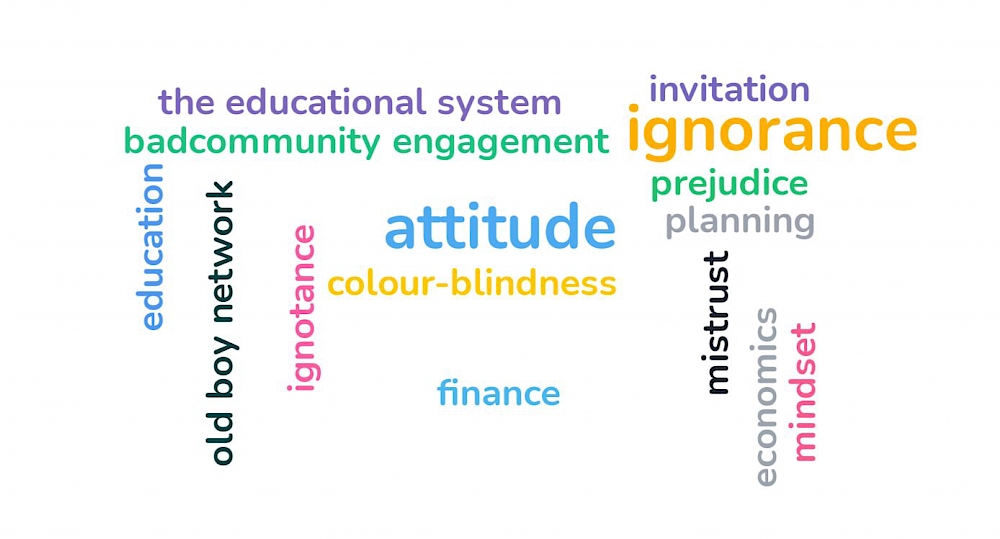
In your view, what is the biggest barrier to achieving more diverse representation in those creating places?

